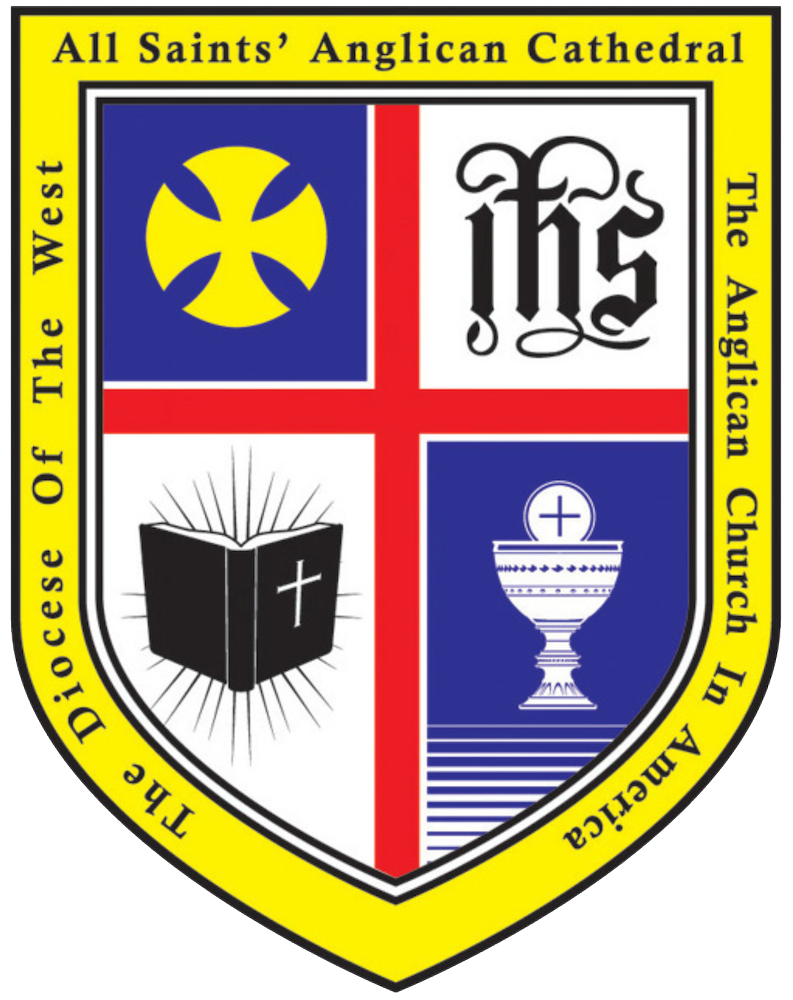The Fourth Sunday in Lent AD 2025
In today’s Gospel, which tells of the feeding of the five thousand, it is said about the time of its occurrence that “the passover, a feast of the Jews, was nigh.” This remark has a deeper meaning than simply chronological: it connects the feeding of the five thousand and ultimately the entire life of Jesus, including His suffering, death, and resurrection, with Passover. Passover, the deliverance of the people of Israel from slavery in Egypt, was a foreshadowing of the redemption accomplished in Jesus Christ, the deliverance of all mankind from slavery to sin, evil, and death.
Just as the people of Israel had passed through the Red Sea under the leadership of Moses, so Jesus crossed the Sea of Galilee, and thousands of people followed Him, having seen the miracles He had performed. Just as, at the request of Moses, God gave the people of Israel bread from heaven, which they ate while wandering through the desert for forty years, so Jesus miraculously gave thousands of people bread from which they could eat as much as they wanted, and of which there was more left than what had been at the beginning.
The Gospel says that there was much grass in the place where the five thousand men sat down to eat. Jesus reveals Himself here as the Good Shepherd, of whom it is said in the Twenty-third Psalm: “The Lord is my shepherd; I shall not want. He maketh me to lie down in green pastures: he leadeth me beside the still waters.” But the Gospel also tells us that people did not understand the true meaning of what had happened: yes, they recognized that Jesus was the prophet who was to come into the world, but they wanted to make Him an earthly king.
Jesus came to bring us the food of eternal life, the Bread of Heaven. Jesus does not want us to eat and die, like the people of Israel in the wilderness. He wants us to receive Him as the true Bread of Life and inherit eternal life in heaven. And He offers this wonderful gift not only to a few thousands, but to all who believe in Him.
